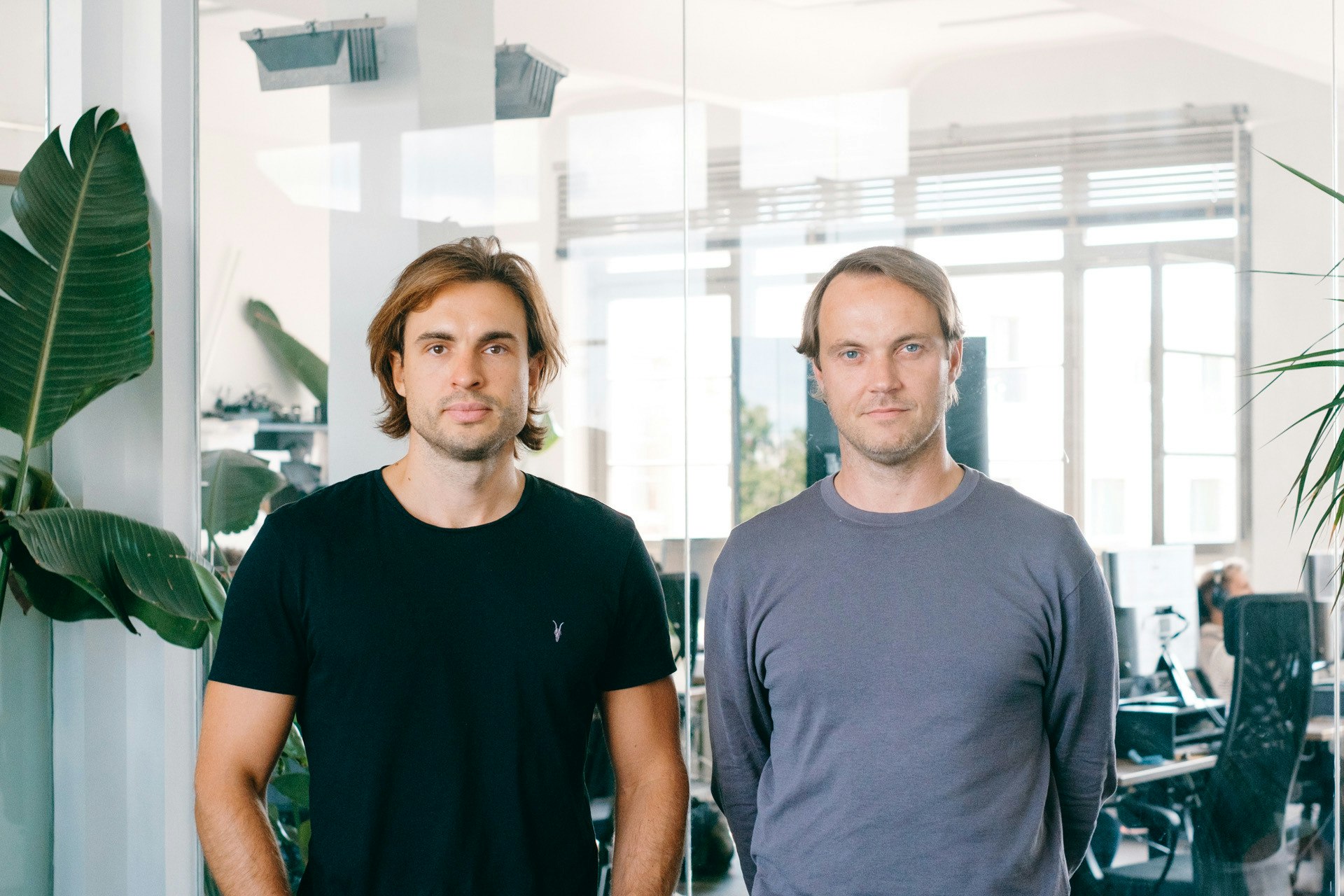Simon Morrish, CEO of UK-based startup Xlinks, is a man with a big plan. That plan is to build the longest undersea electric cable in the world, running between Morocco and the UK — transporting solar power from Northern Africa to UK households.
“The idea came about in the end of 2018 when I realised just how cheap renewables were in North Africa and the Middle East,” Morrish told the latest episode of Startup Europe — The Sifted Podcast. “They’re much much cheaper than fossil fuels and the question was how do you actually get the power back to the UK.”
Morrish started looking at HVDC — high voltage direct current — cables, of which there are at least nine already laid. But he wants Xlinks’ cable to run 3,800km, which would make it the longest in the world. For £20bn, the project could deliver 8% of the UK’s energy demand.
Why Morocco?
Morrish’s vision is to use the cable to move renewable electricity from Morocco to the UK, with two large converter stations at either end. As well as solar, he says Morocco is a good location for wind power because an area “nearly the size” of Greater London is “basically flat”.
“The wind resource is absolutely incredible there. It’s as good as the North Sea but it’s on land and therefore much, much cheaper, but it’s also much more consistent,” he says. “The wind picks up every afternoon, blows into the evening and night and drops off again in the morning and these are the sort of desert convection currents that come in off the sea.”
Morrish says he’s completed environmental and archaeological studies at the site and from it hopes to run four HVDC cables back to the UK. Xlinks is backed by UK energy business Octopus Energy.
“We’re not going the most direct route because we’re hugging the coasts of France, Spain and Portugal, but we are going too deep in almost all cases for anchor drags or fishing,” he says. “Then we’re arriving in North Devon to Alverdiscott, where we have two grid connections for 1.8 gigawatts each into the national grid.”
Morrish says this project suits Morocco's strategy of bringing in wind turbine and solar manufacturers to help build up its power exporting capacity.
“The Morocco strategy is to become the green electron exporter to Europe,” he says. “Not only do they get obviously significant financial benefit, both in terms of land rent and tax income on this, but this is front and centre to their industrial strategy.”
Taking on a 'very cosy oligopoly'
For Morrish, the cable is the “bottleneck”. He says it’s a specialist cable which can be made out of aluminium or copper core — though aluminium is the better choice on balance — and is in high demand.
“There are three main manufacturers in Europe and they have been a very cosy oligopoly on this, and so when we started this they had some major order backlogs — between two and five years,” Morrish says. “The amount of cable we need dwarfs what they’re able to produce.”
To produce more cable, Morrish has set up a separate business which has developed a site in Scotland to build the world’s largest HVDC cable factory.
“The factory in Scotland will have a 180m-tall tower,” he says. “It’ll be significantly taller than any other manmade structure in Scotland.” (Morrish seems to have overlooked the 322m-tall Durris television mast.)
Naturally this will all be very expensive — around £20bn to get the interconnector up and running by the target of 2030. Xlinks' total fundraise so far is £45m.
“We already have a number of very good partners in terms of equity partners where we are looking to get to financial close really towards the end of the next year,” Morrish says. “We have effectively lined up over five or six billion of the equity on this where we have reasonably firm commitments.
“We’re very, very confident on the funding.”
On this episode, we also discussed:


